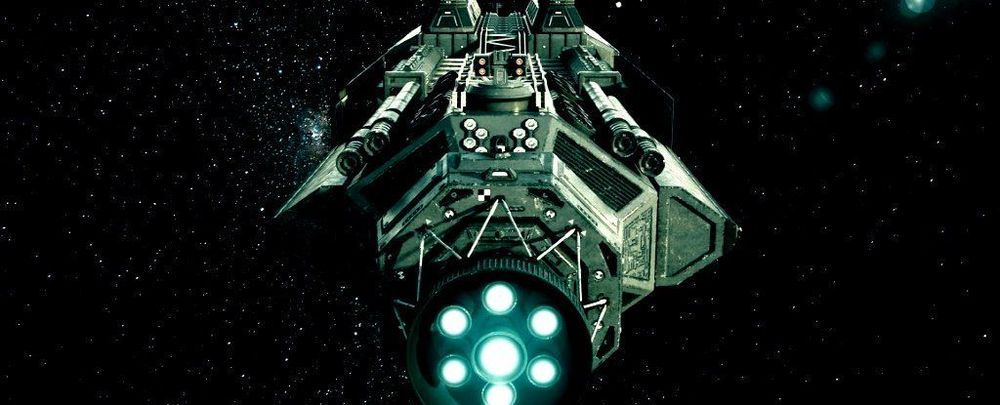The Pentagon is funding brain-implant research aimed at creating neurally “enhanced” soldiers.
- By John Horgan on February 9, 2019
- 3

The Pentagon is funding brain-implant research aimed at creating neurally “enhanced” soldiers.


WASHINGTON — A new U.S. intelligence report warns that both China and Russia are investing in weapons that could attack U.S. satellites and assets in space, and that both nations are now preparing to use space as a battlefield.
Last month, the Defense Intelligence Agency released a report about China’s military capabilities, warning that the Asian country was making advances in counterspace technology that could threaten U.S. satellites responsible for communications, reconnaissance, GPS and early warnings of missile launches.
But a new DIA report, “Challenges to Security in Space,” warns that both China and Russia are making advances in space technology, and that both are likely to turn to space early on in any major military conflict to cripple their adversaries.
Teams of researchers are developing sesame seed-size neuro-implants that detect brain activity that signals depression and then deliver targeted electrical zaps to elevate your mood. It’s very early days in the science and technology but recent studies suggest that we’re on the path. Links to scientific papers below. Fortunately, the goal is to develop tools and a methodology more precise than the horrifically blunt “shock therapy” of last century. From Science News:
Forget about 3D printing, the future is 4D printing creates shapes that can assemble themselves into predetermined 3D structures. The structures are made of plastic and smart memory materials that morph into different shapes. Discover more about this amazing technology in A Week in Science by RiAus.

Your blood is slightly magnetic.


Dressing in layers is usually the easiest way to ensure that you won’t be uncomfortable at any point in the day. If things get too hot, just shed a layer and you’re good, and if you get chilly again, just slip it back on. But what if you didn’t have to do that at all? What if your clothing could tell if you were too hot or too cool and adjust accordingly?
That’s exactly what researchers from the University of Maryland seem to have accomplished with an incredibly unique kind of new fabric that actually changes depending on your body temperature.

There’s no two-ways about it, the Universe is an extremely big place! And thanks to the limitations placed upon us by Special Relativity, traveling to even the closest star systems could take millennia.
As we addressed in a previous article, the estimated travel time to the nearest star system (Alpha Centauri) could take anywhere from 19,000 to 81,000 years using conventional methods.
For this reason, many theorists have recommended that humanity rely on generation ships to spread the seed of humanity among the stars. Naturally, such a project presents many challenges, not the least of which is how large a spacecraft would need to be to sustain a multi-generational crew.